TDA7297 15W + 15W Stereo Amplifier Kit

This SFT-9718 stereo amplifier kit uses the TDA7292 power amplifier IC manufactured by the ST Corporation. This IC has bridge outputs and provides 15-watts per channel (typical) with an 8 Ω load and 16.5 V power supply. It has built-in short-circuit and thermal overload protection, and can accept supply voltages in the range 6 V to 18 V. The manufacturer of the kit recommends using 12 V for the power supply. The kit of parts comes with a 29 mm × 34 mm printed circuit board and the necessary supporting components for building a power amplifier.
Review

The circuit diagram shows that since the supply rail switches the amplifier IC ON/OFF, the standby (pin 7) and mute (pin 6) tie together, and held at mid-rail potential with the aid of 47 kΩ resistors in a potential divider circuit. The 10 µF capacitor (C4) provides delay to avoid transient noises. Interestingly, the audio input to each channel is through 0.22 µF capacitor for inter-stage decoupling. Notice that the power ground and signal input ground are separate.

This kit does not have a volume control and is strictly for use as a power output stage for driving a pair of loudspeakers. I bought this originally for connecting to the MP3 Player Module with Bluetooth, because it already has a volume control function and only requires a power amplifier. That particular MP3 player module will operate on 12 V as it has an on-board voltage regulator; hence it was a logical decision to pair these two circuits together.
Looking at the frequency response graph of this IC, the documentation shows that it has a lovely wide response with -3 dB point passing through 20 Hz and therefore it should produce good bass, and indeed it does when connected to a good pair of speakers. I used an old Sony pair that I use for all my testing and thought the sound quality was impressive. With the correct enclosure and bass speaker, it could produce great low frequency effects.
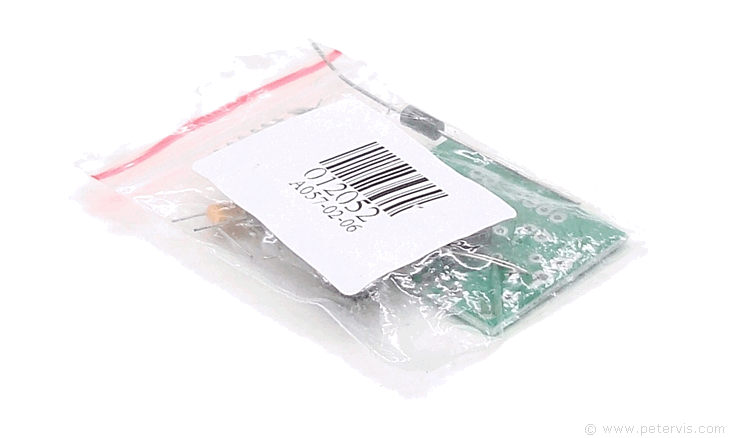
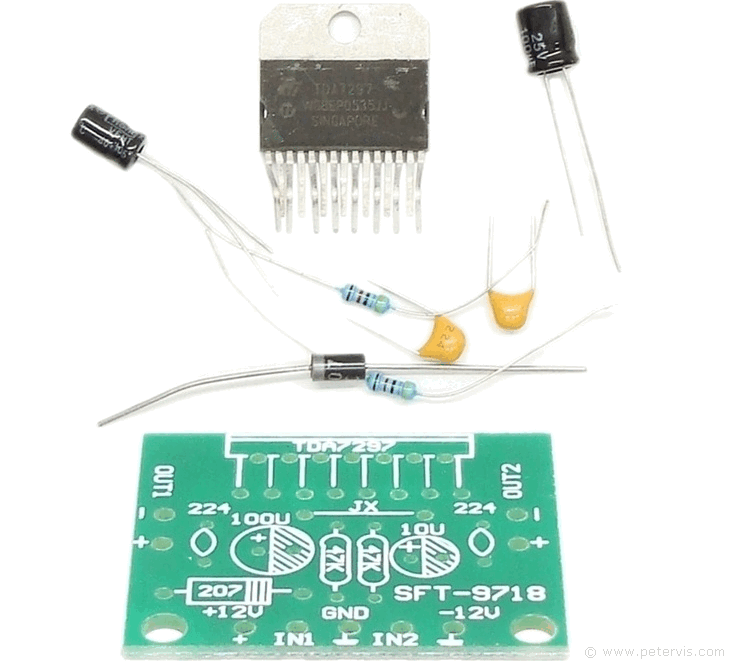
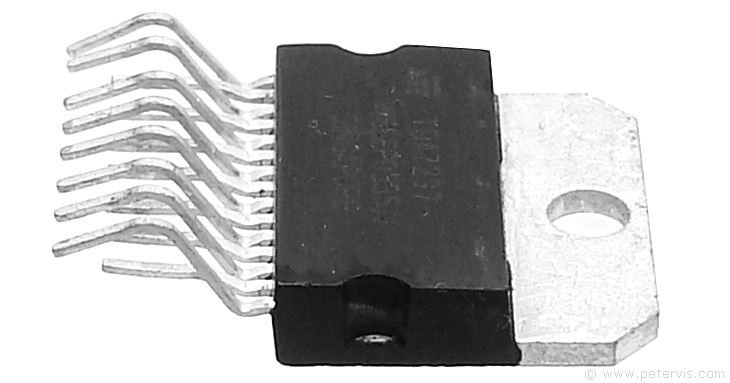
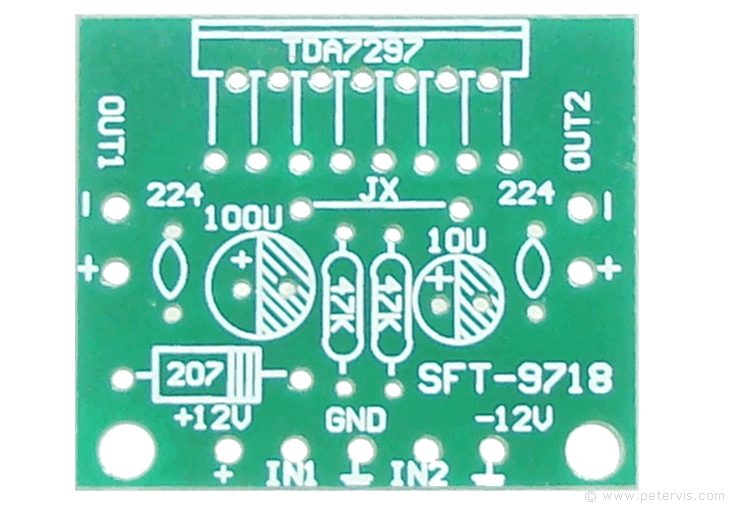
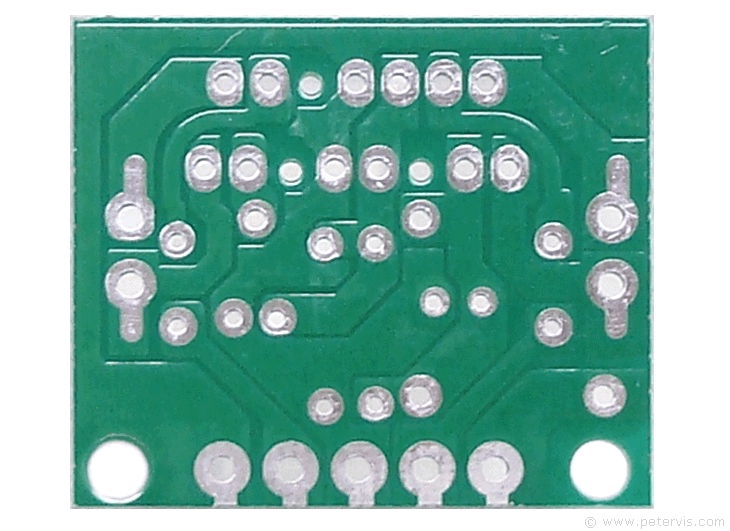
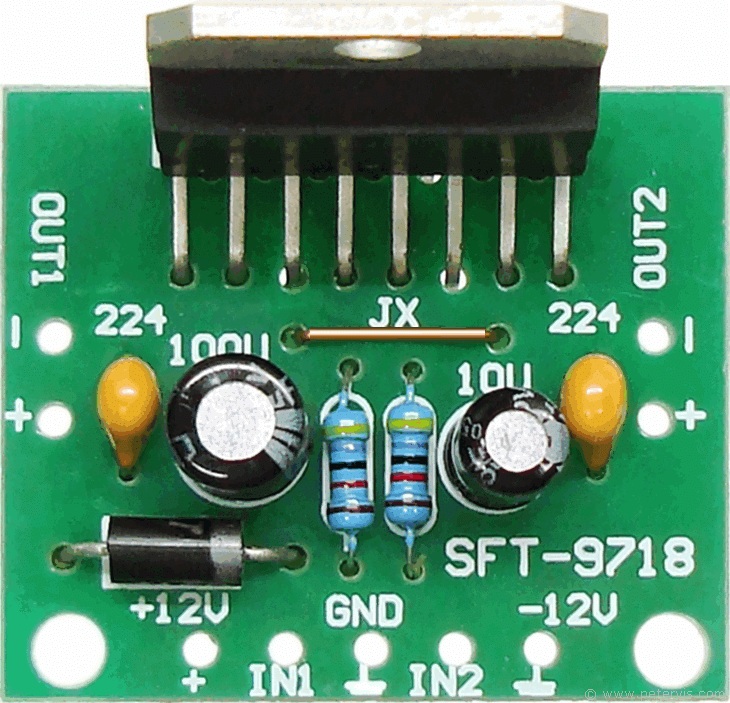
In this amplifier kit, the manufacturer has also provided a protection diode in case the hobbyist makes a mistake with polarity reversal. Overall, the quality of the parts and PCB were good and I had absolutely no problems building it. Due to the low component count and clear markings, it makes an ideal kit for beginners and hobbyists.